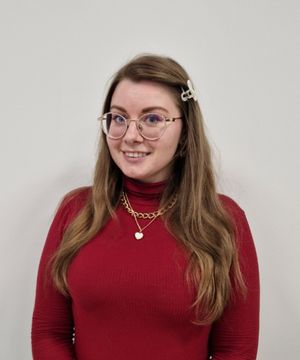The Best Tech Stack for Web App Development in 2025
We share the latest trending technologies in web application development and give advice on what tech stack is better to choose for your business growth.
In the ever-evolving landscape of web development, the tech stack you deploy isn't just about coding — it's about carving a path to success, as an ideal tech stack is creating digital experiences that users relish. Research by Stanford University proves that as much as 75% of users judge a company's credibility based on its web page design, and as much as 40% of visitors will leave a website if it takes longer than 3 seconds to load, shares BrowserStack.

Fively, as one of the leaders in custom software development and testing, always integrates the latest and most efficacious technologies into our bespoke solutions. Drawing from our vast experience and industry insights, we've curated this comprehensive guide to assist you in selecting among the most popular tech stacks in 2025 and choosing the optimal one for your web applications.
Journey with us as we unveil the tapestry of choices that can elevate your web presence!
What Is a Technology Stack?
As we explained in our recent article on the best tech stack for startups, the technology stack is the spinal column of your web application, an amalgamation of all software tools and technologies chosen to design, construct, and power your digital platform. Each segment of the tech stack performs its pivotal function, ensuring the web application resonates with efficiency, speed, and reliability. Let's delve deeper into its intricacies and vital components.
1. Front-end Tech Stack
This side of web development is what users interact with directly. It includes everything that users experience visually on the webpage: text, colors, styles, images, graphs, and more. Typically made up of HTML, CSS, and JavaScript/TypeScript, with frameworks like React or Vue.js enhancing interactivity.
- HTML (Hypertext Markup Language): Think of HTML as the structural framework of a house. It's a foundational markup language employed to design and exhibit digital documents, essentially shaping and positioning content on a webpage.
- CSS (Cascading Style Sheets): CSS is like the paint, wallpaper, and interior decor of that house. It dictates the aesthetics of a webpage, encompassing elements like fonts, colors, layouts, and more. For enhanced dynamism and manageability, developers often turn to frameworks such as SASS and LESS, and methodologies like BEM (Block Element Modifier) for maintainability. Emphasizing responsive design through CSS ensures your web applications are mobile-friendly and accessible across all devices.
- JavaScript: This is the electricity and automation system of the house, bringing it to life. It's a pivotal programming language that breathes interactivity into web pages. With tools and frameworks like React, Angular, and Vue, developers can craft rich, dynamic web experiences. Additionally, TypeScript is becoming the preferred choice for many, offering a more structured approach than traditional JavaScript.
Frameworks and Libraries:
- React.js: This library has become a standard for building interactive UIs. For more advanced applications, integrating React with frameworks like Next.js enables features like server-side rendering and static site generation, enhancing performance and SEO.
- Vue.js and Angular: These frameworks offer comprehensive solutions for building scalable and reactive web applications. The choice between them should depend on your project’s specific needs and your team's familiarity with the framework.
Performance and Optimization: With the increasing importance of site speed and user experience, optimizing your front-end stack for performance is critical. This includes minimizing load times, efficient rendering, and responsive design.
2. Back-end Tech Stack
The underpinnings of a web application lie in its backend often referred to as the server side of the tech stack. It’s analogous to the backstage crew in a theater performance. While they might remain out of sight, their pivotal roles ensure the show runs without a hitch.
Key components of the backend stack include:
Programming Languages: These form the essence of the logical operations for websites and apps, bridging the gap between the user interface and the database. Notable examples:
- JavaScript (Node.js): Continues to be a popular choice due to its non-blocking, event-driven architecture ideal for real-time applications;
- Python: Known for its simplicity and readability, Python is widely used, particularly with frameworks like Django and Flask that speed up development;
- C#: Often overlooked, C# in combination with .NET Core is a powerful option for building modern, scalable web applications.
Frameworks: Frameworks play a crucial role in standardizing the development process. They provide a structure for building web applications and handling common tasks. Some top-tier examples:
- Node.js: It's not just a runtime environment but also acts as a framework for building scalable server-side applications;
- Django and Flask (Python): These frameworks are known for their “batteries-included” approach (Django) and simplicity and flexibility (Flask);
- .NET Core (C#): A versatile and high-performance framework that can be used for building a variety of applications.
Web Servers: Think of these as the gatekeepers, orchestrating and managing requests from clients. Industry stalwarts in this space include:
- Nginx and Apache: Remain the giants in this space, widely used for their robustness, flexibility, and active community support;
- IIS (Microsoft’s Internet Information Services): A comprehensive option for those in the Microsoft ecosystem, especially with .NET-based applications.
Databases: The choice between SQL (like PostgreSQL, MySQL) and NoSQL (like MongoDB) databases depends on the specific requirements of your application.
- SQL Databases: Ideal for applications requiring strong data integrity and complex queries;
- NoSQL Databases: Offer more flexibility and are better suited for applications with large amounts of data and scalability requirements.
Plus, apart from the front-end and the back-end layers of the app, developers use various tools to host the app in the cloud and do all the needed integrations, test the app to eliminate all the bugs, and effectively manage the software project.
In essence, these distinct layers of programming languages, frameworks, servers, and databases stack atop one another, harmoniously working in unison. This holistic assembly is aptly termed as 'tech stacks'.
Software Development Tech Stacks: the Basics
As we stand in 2025, several technology stacks are at the forefront of the tech scene. Here’s a deep dive into some of the most common and popular tech stacks, complete with their advantages and disadvantages:
LEMP
A modern iteration in web development, LEMP is acclaimed for its high performance and efficiency, particularly favored for handling high-traffic websites.
+ Combining Linux, Nginx, MySQL, and PHP/Perl/Python, LEMP is open-source, efficient in resource usage, and provides a flexible environment for developers, especially with Nginx's capability to handle high concurrent loads.
- It may present challenges in ultra-scalable environments, and transitioning to Nginx from Apache could involve a learning curve due to different configurations.
Example: High-performance web applications and content management systems, similar to WordPress, can effectively utilize the LEMP stack for enhanced concurrency handling and efficiency.
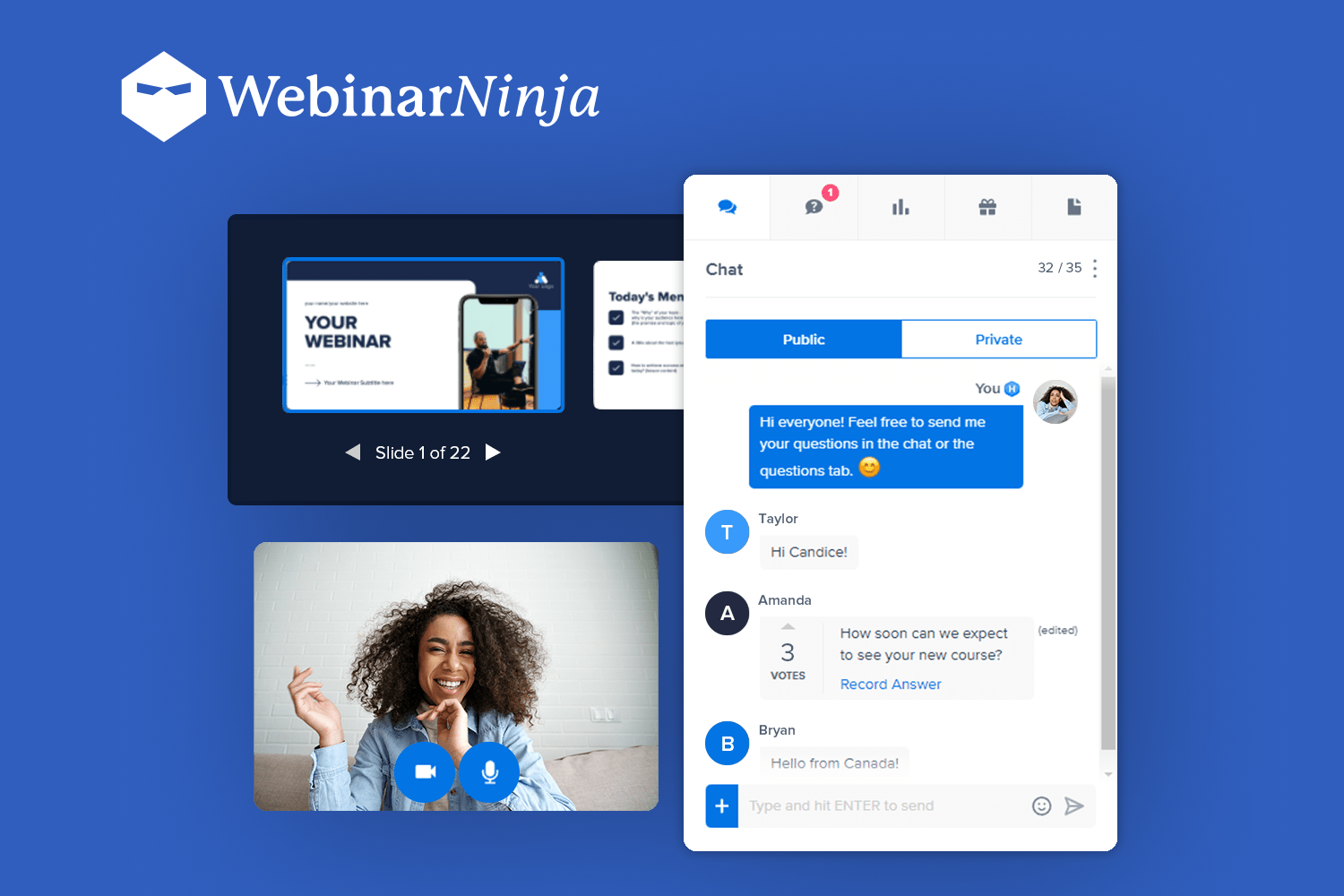
MEAN
MEAN, with its comprehensive suite of tools, presents an appealing proposition for those vested in the JavaScript ecosystem.
+ An acronym for MongoDB, Express.js, AngularJS, and Node.js, MEAN embodies JavaScript cohesion. It champions uniformity in language and data exchange and flaunts formidable performance credentials.
- AngularJS, while powerful, often intimidates newcomers due to its intricate learning trajectory. Also, it might stutter for compute-intensive backends.
Example: LinkedIn, the networking behemoth, harnesses the MEAN stack for its unique capabilities.
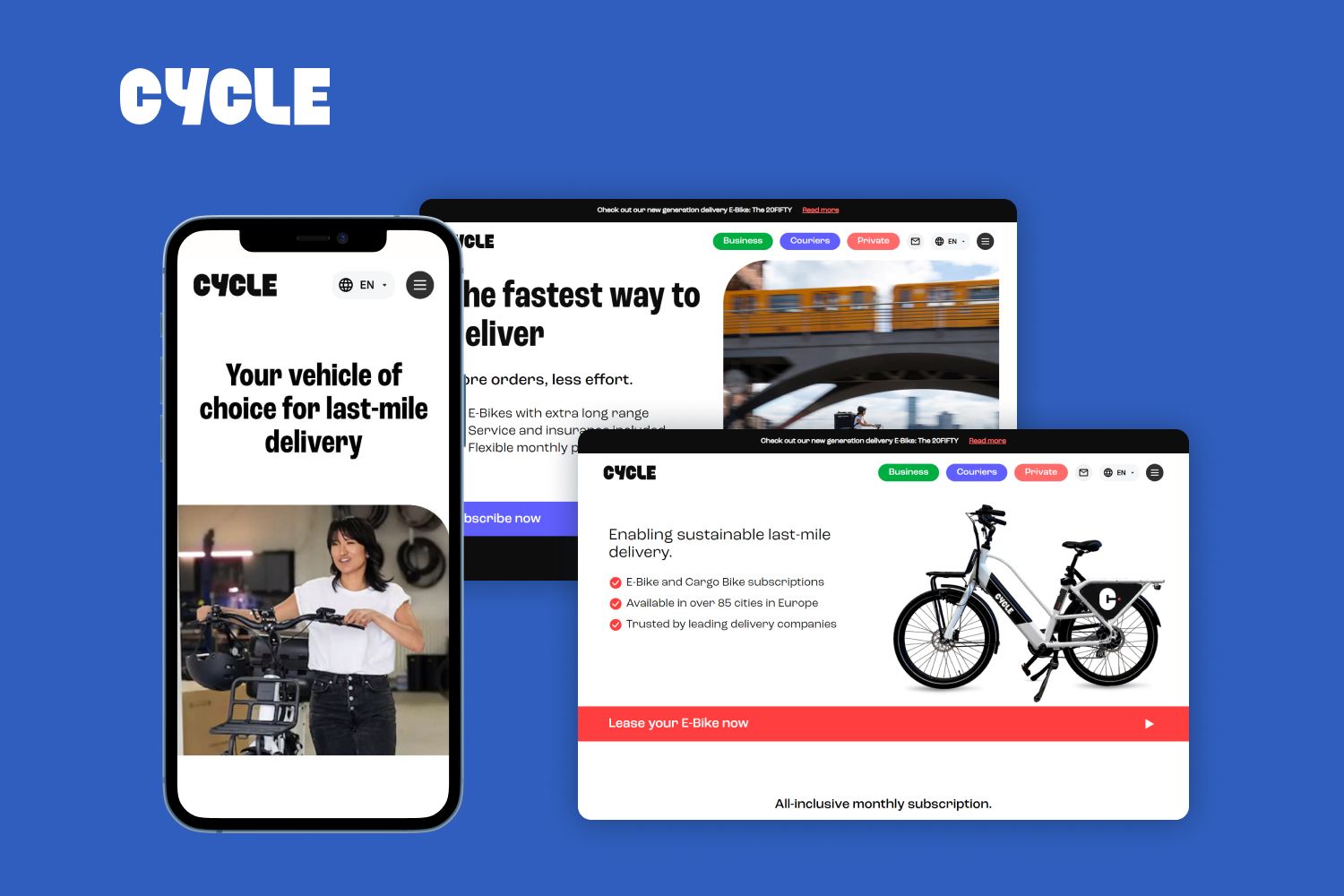
MERN
A sibling to MEAN, MERN is a popular tech stack, whose primary distinction lies in swapping Angular.js for React.
+ Mimicking MEAN but with ReactJS at its heart, MERN basks in React's modular, component-centric architecture. This often results in enhanced flexibility and a gentler learning slope compared to Angular.
- Like MEAN, it grapples with the limitations intrinsic to compute-heavy backend activities.
Example: Airbnb, a titan in the travel industry, leans on the MERN stack for its web platform.
PERN
PERN stands for PostgreSQL, Express.js, React, and Node.js. Essentially, it's a MERN stack that employs PostgreSQL as its relational database.
+ Embraces the power of React for the front end, coupled with the reliability of PostgreSQL, a well-known RDBMS. Seamless JavaScript integration across the stack.
- Like MERN, it could have limitations in compute-heavy backends.
Example: Many growing startups have begun adopting the PERN stack due to its scalability and efficiency.
Python
Python's meteoric rise in the tech stratosphere is credited to its potent features and extensive applicability, especially in AI and data realms.
+ Python's immaculate syntax harmonizes with its vast libraries, especially in AI, machine learning, and data sciences. Its versatility spans web development, automation, and beyond. Plus, Python frameworks facilitate rapid development. Django, for example, is known for its "batteries-included" approach.
- Being interpreted, Python may lag behind some compiled peers in speed. Mobile development isn't its strongest suit.
Example: Spotify, the music streaming juggernaut, taps into Python for various backend services and data analytics. Instagram, although acquired by Facebook, still uses Python extensively for its backend.

ASP.NET/.NET Core Tech Stack
ASP.NET/.NET Core is a versatile and high-performance web development framework from Microsoft, known for its robustness in building enterprise-level applications.
+ ASP.NET/.NET Core excels in creating secure, scalable, and modern web applications. It supports multiple programming languages and platforms, offering a comprehensive ecosystem with extensive libraries and community support.
- Its complexity and steeper learning curve can be challenging for beginners. Being a Microsoft technology, it may not be the preferred choice for those inclined towards open-source platforms.
Example: ASP.NET/.NET Core is widely used in enterprise environments for developing complex web applications, such as online banking systems and large-scale e-commerce sites.
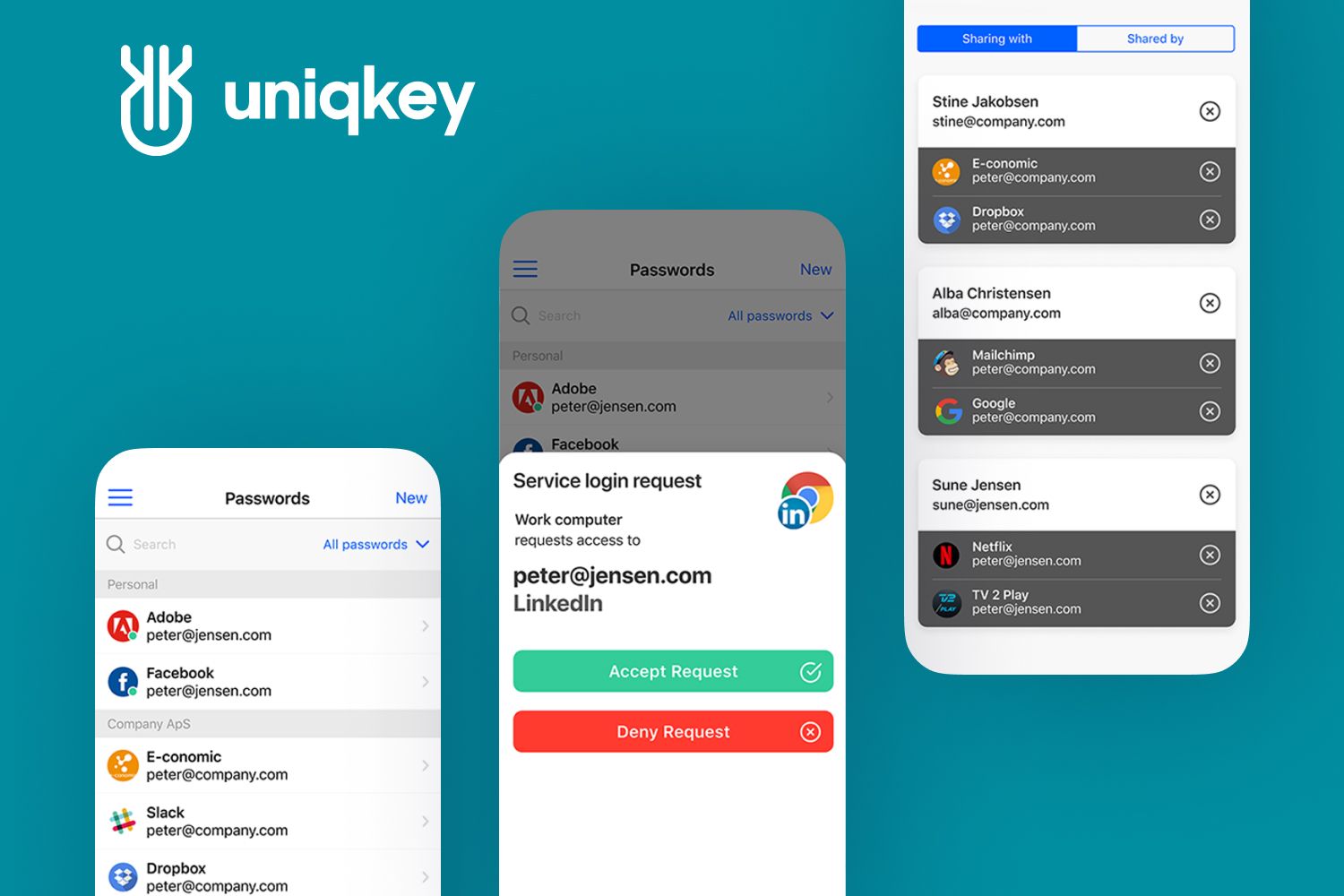
Serverless (Jamstack)
Jamstack, another popular tech stack nowadays, isn't strictly "serverless", but it promotes decoupling the frontend from the backend. In most cases, it stands for JavaScript and its frameworks, APIs, and Markup.
+ Enhanced performance, higher security, and cheaper scaling. Can be combined with headless CMS and serverless functions for dynamic capabilities.
- May not be suitable for apps requiring real-time functionalities.
Example: Netlify, a cloud computing company, is a fervent advocate and user of the Jamstack architecture. Smashing Magazine has also transitioned to this tech stack, benefiting from its efficiency, speed, and security.
Flutter
Developed by Google, Flutter is an open-source UI software development toolkit for creating natively compiled applications for mobile, web, and desktop from a single codebase.
+ Offers a rich set of fully customizable widgets to create complex UIs. Uses Dart language, which is easy to grasp for JavaScript or Java developers. The "Hot reload" feature speeds up development.
- Flutter's ecosystem isn’t as mature as React Native’s. Dart, though powerful, is not as widely adopted as other languages.
Example: Google Ads uses Flutter for its mobile app. Alongside Google Ads, the popular e-commerce platform Alibaba has also integrated Flutter into their application, allowing them to craft high-performance, visually appealing interfaces with ease.
Microservices Architecture
Microservices architecture is a design approach where an application is structured as a collection of loosely coupled services, which are fine-grained and functionally independent.
+ This architecture is known for enhancing scalability and flexibility, particularly in cloud environments, by enabling independent deployment and scaling of different parts of an application.
- Managing a system comprised of various independent services can be more complex than a monolithic architecture, especially in terms of inter-service communication and data management.
- Spring Boot: A popular Java-based framework used for building microservices. It simplifies the development process by providing a range of tools and libraries.
- Netflix OSS: A suite of services and tools from Netflix, designed to manage microservices effectively. Notable tools include Eureka for service discovery and Zuul for gateway services.
- Docker Swarm: An orchestration tool that manages Docker containers, which are often used to package and deploy microservices.
Example: One of the early adopters of microservices, Netflix is using them to manage their rapidly scaling and evolving streaming service.
Amazon has also transitioned to microservices to handle the vast scale of its e-commerce platform, improving flexibility and reducing downtime.
Containerization
Containerization involves encapsulating an application and its dependencies in a container that can run on any computing environment. Docker is a leading platform for containerization, and Kubernetes is the most popular system for orchestrating these containers, especially in a microservices architecture.
+ Containerization ensures that applications run consistently across different computing environments by packaging an application with its dependencies.
- Properly understanding and implementing containerization, particularly orchestration tools like Kubernetes, can be complex and requires a significant investment in learning and adaptation.
- Docker: Provides the ability to package applications in containers, ensuring consistency across multiple development and release cycles.
- Kubernetes: An open-source platform for automating deployment, scaling, and operations of application containers across clusters of hosts.
- OpenShift: A Kubernetes-based platform from Red Hat, which provides a complete ecosystem for developing and deploying Docker containers.
Example: Spotify utilizes Docker and Kubernetes to manage its services and rapidly deploy changes. Google also uses containerization extensively across its services, including Google Cloud.
Remember, while trends offer a direction, the best tech stack for your company will always hinge on your specific needs, team expertise, and long-term goals. The most popular tech stacks might not be the best fit for you, so it’s crucial to get a consultation before making a choice.
Trending and Promising Languages and Tech
Now, that we already learned the most popular tech stacks and technologies for 2023, let’s look at some rare but trendy tech that is gaining momentum:
Dart
Dart is one of the fastest-growing but at the same time little-known languages in the industrial sphere. Developed by Google, Dart is similar to JavaScript but much simpler, faster, and user-friendly. Thanks to the Flutter framework, it is tailored for writing cross-platform applications, and on-the-go code compilation makes Dart an ideal language for mobile development.
Moreover, its graphics written in C/C ++ has a steadily high performance, consistently delivering 60 frames per second, and on devices with the use of Flutter up to 120 frames per second. These features have already made Dart an adorable language among developers, having Flutter framework overtaken React Native in the frequency of use.
+ Dart, particularly with the Flutter framework, is excellent for developing visually attractive and natively compiled applications for mobile, web, and desktop from a single codebase.
- Compared to other languages like JavaScript, Dart has a smaller community, which can impact the availability of resources, libraries, and support.
Example: Google uses Dart for some of its major applications, including Google Ads. Alibaba also uses Flutter, which is built with Dart, for its Xianyu app, resulting in improved performance and a seamless user experience.
Rust
Rust is increasingly becoming a popular choice for system-level programming. Its key strengths lie in memory safety and performance, making it ideal for building reliable and efficient software. Rust achieves memory safety without a garbage collector, enabling developers to write high-performance code with a lower risk of memory errors.
+ Rust offers exceptional memory safety without garbage collection, making it ideal for system-level programming where performance and safety are critical.
- Steeper Learning Curve - Rust’s unique approach to memory safety (ownership and borrowing) can be challenging to grasp, especially for beginners or those from languages with automatic memory management.
Example: Rust originated from Mozilla, and it's extensively used in the development of their browser engine, Servo. It’s a key part of Firefox’s Quantum project, enhancing the browser's performance and security.
Dropbox also uses Rust for various core components of its file storage system. Plus, Rust is employed by Cloudflare to build some of their networking services.
Elixir
Elixir, known for its scalability and maintainability, is becoming increasingly prominent in the development of web services and distributed systems. Built on the Erlang VM (BEAM), it’s designed for building low-latency, fault-tolerant applications, making it ideal for high-traffic web services.
+ Elixir, running on the Erlang VM, excels at building scalable, distributed, and fault-tolerant applications, making it ideal for high-traffic systems.
- While growing, Elixir has fewer learning resources and smaller community support compared to more established languages, which might slow down the learning process for newcomers.
Example: Initially using Ruby, Discord switched to Elixir to manage its growing real-time messaging needs. Elixir has helped Discord efficiently handle millions of concurrent users with minimal latency and excellent reliability.
Blockchain Technology
Blockchain technology is evolving beyond its initial cryptocurrency applications to encompass a range of decentralized solutions. Solidity is a key programming language for developing smart contracts on platforms like Ethereum.
- Ethereum: A decentralized platform that runs smart contracts, with Solidity as its primary language for writing these contracts.
- Hyperledger Fabric: An open-source project under the Hyperledger umbrella, aimed at developing blockchain-based solutions for enterprises.
- Truffle Suite: A development environment, testing framework, and asset pipeline for blockchains using the Ethereum Virtual Machine (EVM), making life easier for developers.
+ Blockchain provides a secure, transparent, and decentralized way to record transactions, making it ideal for applications requiring immutable records.
- Many blockchain platforms struggle with scalability, with challenges in handling high transaction volumes quickly and efficiently.
Example: IBM actively develops and implements blockchain technology in various sectors including finance, supply chain, and healthcare.

Top 8 Tips from Our Experts for Choosing Your Tech Stack for Web Development
Venturing into web development is like navigating a dynamic maze, where each turn, especially your technology stack choices, maps the journey's success. Choosing the right tech stack for web development is like picking the best tools for an artisan – they must be precise, reliable, and apt for the masterpiece envisioned.
Technology Cost
Open-source options might not carry direct costs, but proprietary technologies might. Beyond initial expenses, ponder on long-term factors like hosting, maintenance, and the unpredictability of emerging tech costs. Additionally, consider the availability of developer resources and community support for these technologies, as these can significantly impact ongoing maintenance and troubleshooting efforts.
Legacy technologies demand specialized skills, making the hiring process a challenge for recruiters. Such niche skills can inflate project costs, given the premium rates that legacy system experts might command. Additionally, while legacy software may offer stability, its upkeep can be financially draining.
On the flip side, diving into emerging technologies carries its risks. These tools, often still in their infancy or undergoing beta testing, can introduce unexpected pitfalls during development. The allure here lies in the promise that, over the project's life cycle, most teething issues will be resolved, potentially lowering long-term maintenance expenses. However, venturing down this path requires a bold appetite for risk.
Our CEO, Alexey Kalachik, shared a piece of advice on choosing the startup tech stack in a recent interview:
Plus, he recommended not to follow a recent trend for using AWS everywhere: “Do not try to build “everything in AWS” if you are not ready to pay huge amounts of money for infrastructure. Some companies are forced to pay more than $20,000 per month for AWS due to the fact that they have high loads on individual elements of AWS, and you should include this in your budget estimations.”
Project Requirements
A personal blog differs substantially from a full-blown e-commerce site. Grasping the depth and intricacies of your web project is pivotal. Moreover, understanding the future scalability requirements of your project is crucial. Simple sites might lean on HTML, CSS, and vanilla JavaScript, while intricate portals might require powerful frameworks and databases.
When you create a new product for a small business, when there’s a question of choosing a tech stack, our CEO Alexey Kalachik also advises following the "Everything JavaScript" approach and using microservices: “JavaScript (TypeScript) is a language that allows you to implement almost any idea, in the shortest possible time, using an extensive library of ready-made packages (npm). Thanks to this, you can develop a POC, set up an infrastructure, get the needed investments, evaluate the market fit, and quickly check the idea's viability.
Plus, he recommends taking advantage of using microservices: “Today, they are the standard of the programming industry. This approach allows you to rewrite any of the elements of the system at any time, without a threat to business.”
Adaptability and Growth Potential
Web landscapes shift rapidly. A project that starts modestly can soon explode in scale and complexity. Anticipating such growth, it's prudent to invest in scalable solutions, such as cloud services. Such forward-thinking ensures your web platform remains agile, accommodating spikes in user traffic or content volume.
Team's Technical Expertise
Every artist has a preferred medium, and developers are no different. The familiarity of your team with certain languages or frameworks can considerably affect productivity and output quality. For instance, a team proficient in Ruby will be more efficient using Ruby on Rails, rather than adapting to an unfamiliar technology. Choosing a tech stack that aligns with your team's expertise not only streamlines development but also reduces the learning curve and associated costs.
Deployment Platforms
The environment where your web project lives matters. Whether your platform is browser-centric or leans towards progressive web apps, this choice dictates your tech toolkit. Some tools shine in web-based settings, while others are tailored for mobile-responsive experiences. It's vital to choose a stack that aligns with your deployment goals and user expectations.
There’s also news we’d like you to pay attention to: a well-known tool for application deployment and infrastructure management Terraform is not open-source and free anymore, so be attentive while using it. Here’s some advice from our Cloud Solutions Architect:
Time to Market
In the web development race, the swift often overshadows the slow. Your project timeline can greatly influence tech stack choices. Some tools are designed for speed, armed with extensive libraries and out-of-the-box functionalities, enabling brisk deployments. Meanwhile, other tools, though powerful, may require a steeper time investment. Balancing the need for speed with quality and sustainability is key in this decision.
Integration Capabilities
As your web platform grows, the need to merge third-party tools or platforms becomes inevitable. A tech stack that welcomes such integrations with minimal friction is invaluable, simplifying future upgrades and feature additions. Ensure your chosen stack can seamlessly integrate with existing and potential tools and services your project may require.
Business Needs Prior to Trends
It's tempting to chase tech trends, but priorities should always be dictated by business needs. Blindly pursuing popular technologies without a strategic fit can be a costly misadventure. Aligning tech choices with clear business objectives safeguards against such pitfalls. Moreover, it's important to consider the long-term sustainability of the chosen technologies in relation to your business's growth and evolution.
Our co-founder Igor Yakutovich recommends companies use the DDD methodology in choosing their tech stack:
Furthermore, the value of a robust developer community cannot be overstated. Such networks offer a reservoir of shared knowledge, troubleshooting resources, and insights, ensuring that chosen technologies have both current utility and long-term viability.
How to Choose the Right Tech Stack - Final Thoughts
Choosing a tech stack in 2025 is an exercise in balance, straddling the demands of the present with aspirations for the future. Every layer, from user interfaces to backend infrastructures, contributes to the project's symphony. The ultimate goal is a harmonized tech ensemble that elevates web performance, streamlines developer workflows, and delights users.
As technology continually evolves, so will the realm of web app development. WebAssembly is pushing the limits of web app performance, while Progressive Web Apps (PWAs) blur the lines between web and mobile apps. As we look beyond 2025, it's evident that the blend of innovative tech stacks and emerging trends will craft the next generation of powerful, user-friendly web applications.
Navigating the sea of technologies can be daunting, but if equipped with the right knowledge, the voyage becomes less turbulent. Remember, the best tech stack is one that aligns with your project's needs, budget, and future goals. Whether you're building a simple blog or an intricate e-commerce site, the tech stack you choose today lays the foundation for your web app's success tomorrow.
If you need expert guidance or hands-on assistance in web app development, reach out through the form below. Our seasoned professionals stand ready to catalyze your digital ambitions!
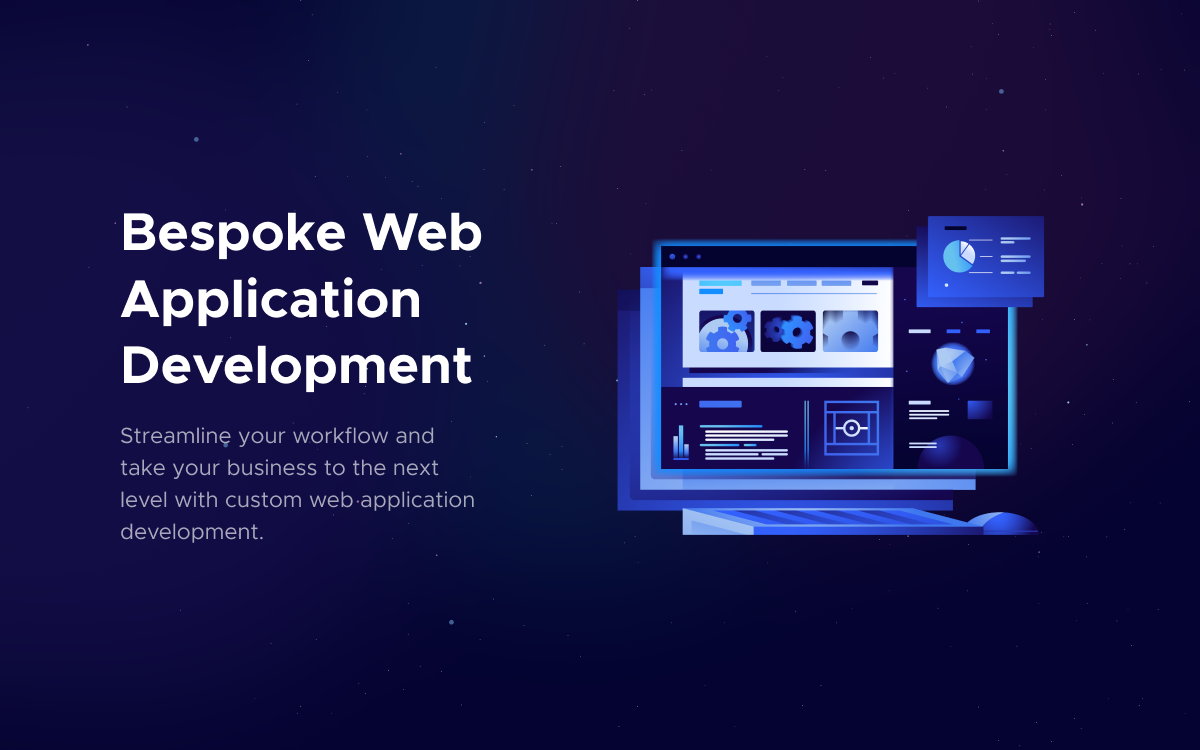
Need Help With A Project?
Drop us a line, let’s arrange a discussion
Frequently Asked Questions
What is a technology stack?
A technology stack refers to a combination of software tools, frameworks, and languages used to develop and run a web or mobile application. It typically includes both front-end (client-side) and back-end (server-side) components.
What tech stack is most in demand?
The MERN stack, comprising MongoDB, Express.js, React, and Node.js, is among the most in-demand tech stacks. It offers a full-stack JavaScript environment, ensuring a seamless development process. React enables dynamic user interfaces, while Node.js and Express.js manage the server side, and MongoDB provides a flexible NoSQL database.
Which tech stack is best in 2025?
In 2025, there isn't a one-size-fits-all "best" tech stack. The ideal choice depends on project requirements, team expertise, and specific business needs. However, stacks like MERN, MEAN, and Jamstack have gained significant traction due to their scalability, developer-friendly tools, and community support.
Which of the popular web development stacks is the easiest to learn?
Both MEAN (MongoDB, Express.js, Angular, Node.js) and MERN (MongoDB, Express.js, React, Node.js) have their merits. For beginners, the choice might hinge on whether they find Angular (from MEAN) or React (from MERN) more intuitive. Many developers find React's component-based architecture and smaller learning curve slightly easier to grasp than Angular's comprehensive framework. However, individual preferences and learning styles play a significant role.
